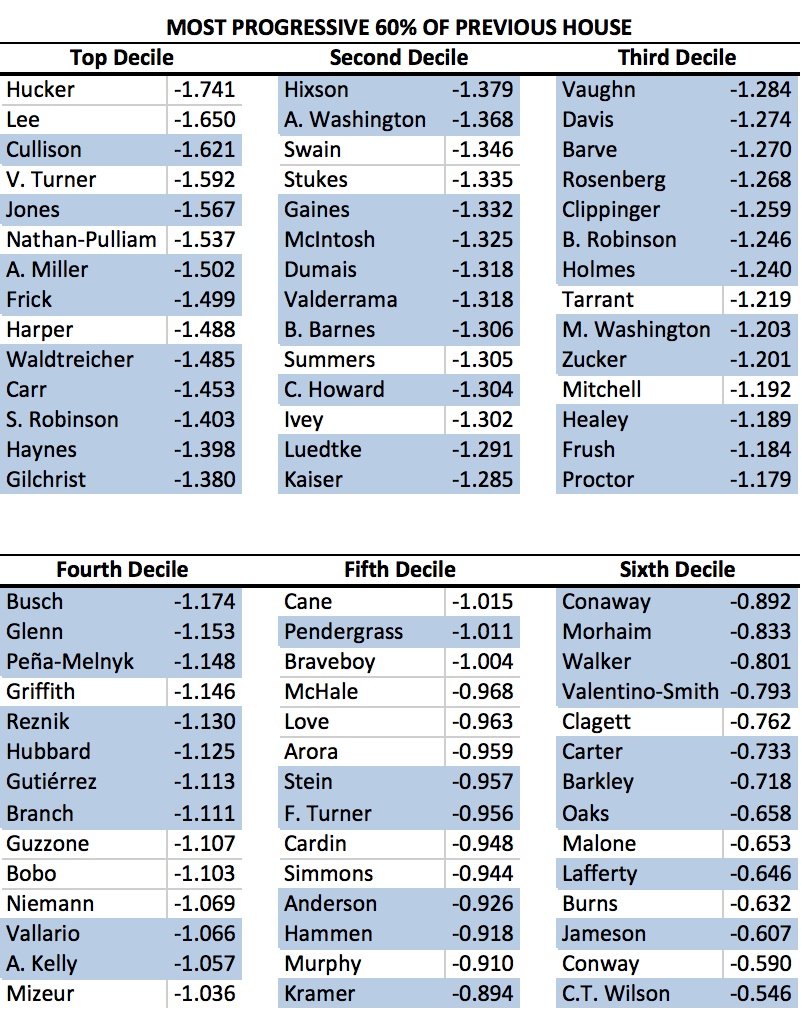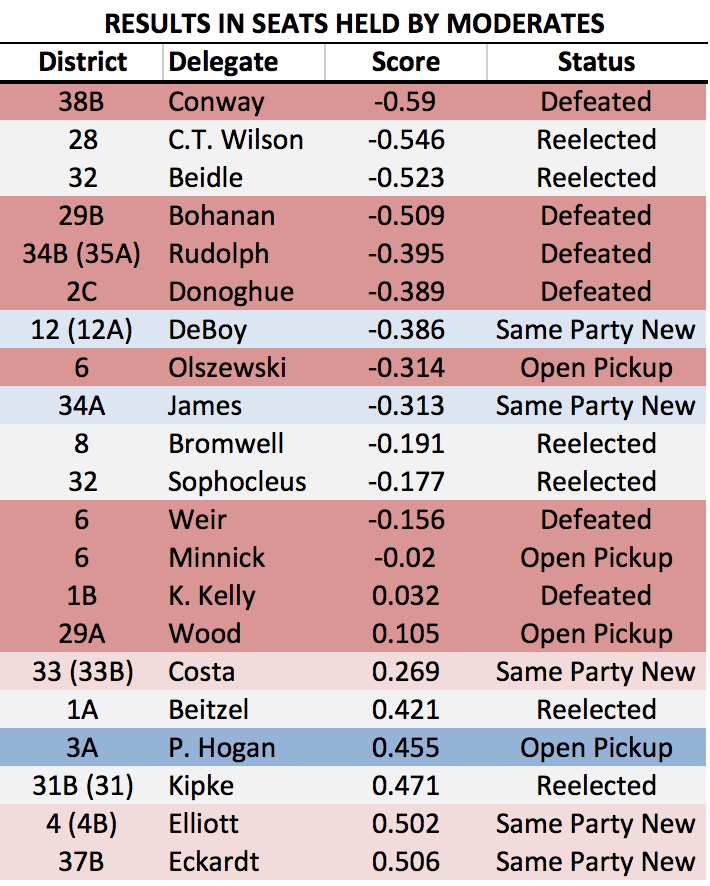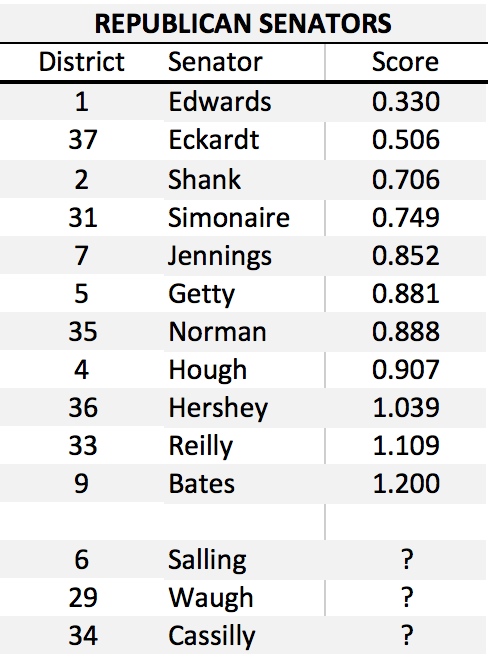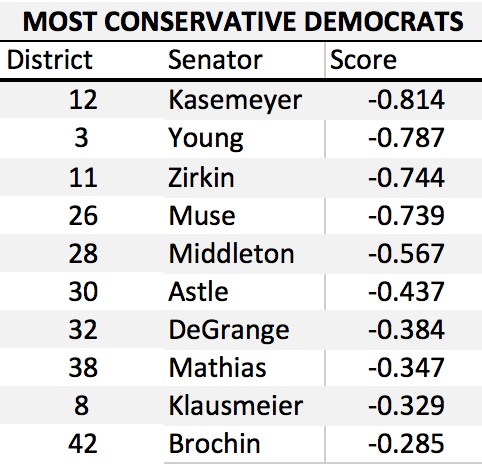The following is a press release from Speaker Michael Busch’s office:
SPEAKER BUSCH ANNOUNCES NEW COMMITTEE LEADERSHIP APPOINTMENTS
ANNAPOLIS, MD – House Speaker Michael E. Busch today announced his first round of leadership appointments following the 2014 general election. Speaker Busch describes the group collectively as “the right additions to the existing House leadership team to help move us forward into the coming term.” He adds, “We are fortunate to have such a talented group of individuals to help lead the House.” Speaker Busch plans to announce additional leadership appointments and committee moves in the coming weeks.
Delegate Maggie McIntosh (Baltimore City, D43) will become Chairman of the Appropriations Committee. Delegate McIntosh has chaired the Environmental Matters Committee since 2003, but served on the Appropriations Committee early on in her legislative career. Said Speaker Busch, “Maggie McIntosh is one of the most well respected leaders in Annapolis and I have total confidence in her ability to manage the myriad of subjects that fall within the jurisdiction of the committee, most importantly legislative review and oversight of the State’s annual budget. She is the right person to take the lead on budget issues as we continue to provide critical services to the citizens of our State and to use our resources to foster a growing economy.”
Delegate Kumar Barve (Montgomery County, D17) will become the Chairman of the newly designated Environment & Transportation Committee (formerly Environmental Matters). Moving forward, transportation policy issues will be consolidated within the Committee’s subject matter jurisdiction. Delegate Barve has served as Majority Leader since 2003 and prior to that served on the House Economic Matters Committee under then-Chairman Busch. He currently sits on the Ways and Means Committee. Said Speaker Busch, “Delegate Barve has demonstrated time and time again his command of complex issues and he is a natural choice of someone to guide State environment and transportation policy.”
Delegate Adrienne Jones (Baltimore County, D10) will remain Speaker Pro Tem and will now oversee State higher education policy as Chairman of the Education and Economic Development Subcommittee in the Appropriations Committee. Delegate Jones was Busch’s first appointment as a newly elected Speaker in 2003. Said Speaker Busch, “Delegate Jones is one of the most versatile leaders in the House. She is a consensus builder and an extremely hard worker. With job growth and economic development at the forefront of our agenda in the coming term, I can think of no better person to lead on policy and budget issues related to our system of higher education.” Delegate Jones will also continue to serve as the Chairman of the Capital Budget Subcommittee.
Having served as an instrumental member of the Ways and Means Committee since 2003 and as the Chair of the Education Subcommittee since 2007, Delegate Anne R. Kaiser (Montgomery County, D14) has been appointed as the Majority Leader. Delegate Kaiser will also maintain her roles on the Ways and Means Committee. “Anne Kaiser has worked tirelessly for the House Democratic Caucus and demonstrated leadership capabilities on crucial legislative priorities,” said Speaker Busch.
Assuming the role of Vice Chairman of the Environment and Transportation Committee will be Delegate Dana Stein (Baltimore County, D11). Stein was first elected to the House in 2006 and serves on the Environmental Matters Committee. Said Speaker Busch, “Delegate Stein is a thoughtful legislator whose considerable knowledge and even temperament make him an ideal choice for Vice Chairman.”
Delegate Sally Jameson (Charles County, D28) will become Vice Chairman of the Economic Matters Committee. Delegate Jameson is a long-time member of the Committee (since 2003) and is known for her work on energy issues. Said Speaker Busch, “Delegate Jameson brings a business background and a pragmatic approach to the important workforce and economic development issues handled in the Economic Matters Committee.”
Delegate Marvin Holmes (Prince George’s County, D23B) will become Chairman of the Joint Committee on Legislative Ethics. Delegate Holmes has been a member of the House since 2003 and has served in a number of leadership roles. “Delegate Holmes is a model public servant and a person of great integrity. He is the clear choice to Chair this important committee,” said Speaker Busch.
Delegate James Proctor (Prince Georges and Charles Counties, D27A), Vice Chairman of the Appropriations Committee, will remain in that role and also assume the House Chairmanship of the Spending Affordability Committee. The Committee plays a critical role in the budgeting process as it annually establishes State spending guidelines based on current and projected economic conditions. Said Speaker Busch, “Delegate Proctor’s commitment to public service and his budgetary experience is unparalleled and I look forward to his continued leadership in this new role.”






